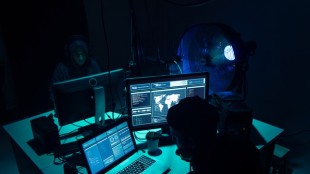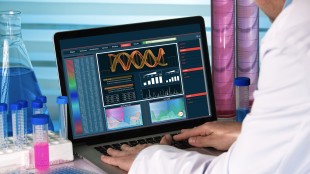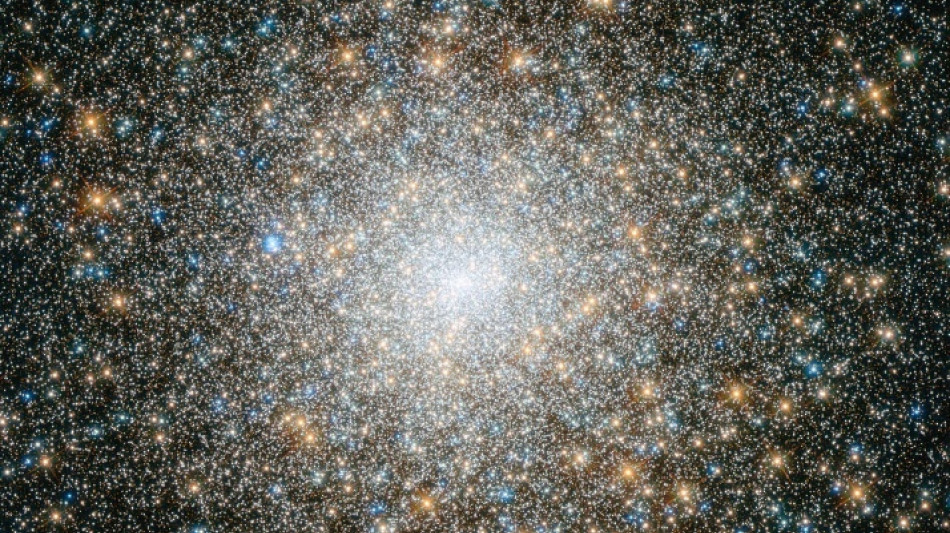
-
 India's Bollywood counts costs as star fees squeeze profits
India's Bollywood counts costs as star fees squeeze profits
-
McCullum admits errors in Ashes preparations as England look to salvage pride

-
 Pets, pedis and peppermints: When the diva is a donkey
Pets, pedis and peppermints: When the diva is a donkey
-
'A den of bandits': Rwanda closes thousands of evangelical churches
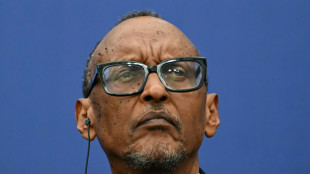
-
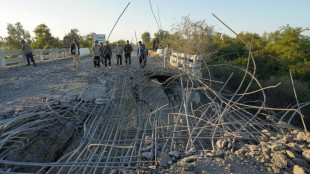 Southeast Asia bloc meets to press Thailand, Cambodia on truce
Southeast Asia bloc meets to press Thailand, Cambodia on truce
-
As US battles China on AI, some companies choose Chinese

-
 AI resurrections of dead celebrities amuse and rankle
AI resurrections of dead celebrities amuse and rankle
-
Steelers receiver Metcalf strikes Lions fan

-
 Morocco coach 'taking no risks' with Hakimi fitness
Morocco coach 'taking no risks' with Hakimi fitness
-
Gang members given hundreds-years-long sentences in El Salvador
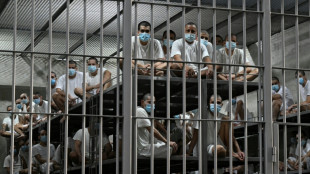
-
 Chargers, Bills edge closer to playoff berths
Chargers, Bills edge closer to playoff berths
-
Gang members given hundred-years-long sentences in El Salvador
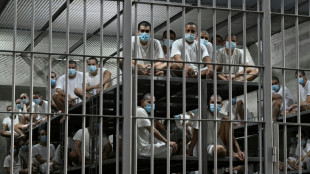
-
 Hosts Morocco off to winning start at Africa Cup of Nations
Hosts Morocco off to winning start at Africa Cup of Nations
-
No jacket required for Emery as Villa dream of title glory

-
 Amorim fears United captain Fernandes will be out 'a while'
Amorim fears United captain Fernandes will be out 'a while'
-
Nigerian government frees 130 kidnapped Catholic schoolchildren

-
 Captain Kane helps undermanned Bayern go nine clear in Bundesliga
Captain Kane helps undermanned Bayern go nine clear in Bundesliga
-
Captain Kane helps undermanned Bayern go nine clear

-
 Rogers stars as Villa beat Man Utd to boost title bid
Rogers stars as Villa beat Man Utd to boost title bid
-
Barca strengthen Liga lead at Villarreal, Atletico go third

-
 Third 'Avatar' film soars to top in N. American box office debut
Third 'Avatar' film soars to top in N. American box office debut
-
Third day of Ukraine settlement talks to begin in Miami
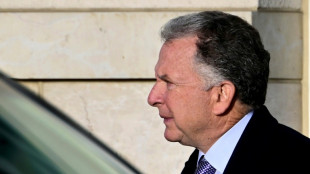
-
 Barcelona's Raphinha, Yamal strike in Villarreal win
Barcelona's Raphinha, Yamal strike in Villarreal win
-
Macron, on UAE visit, announces new French aircraft carrier

-
 Barca's Raphinha, Yamal strike in Villarreal win
Barca's Raphinha, Yamal strike in Villarreal win
-
Gunmen kill 9, wound 10 in South Africa bar attack
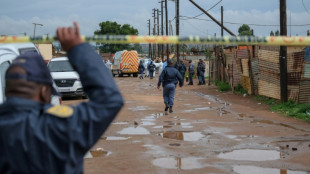
-
 Allegations of new cover-up over Epstein files
Allegations of new cover-up over Epstein files
-
Atletico go third with comfortable win at Girona

-
 Schwarz breaks World Cup duck with Alta Badia giant slalom victory
Schwarz breaks World Cup duck with Alta Badia giant slalom victory
-
Salah unaffected by Liverpool turmoil ahead of AFCON opener - Egypt coach

-
 Goggia eases her pain with World Cup super-G win as Vonn takes third
Goggia eases her pain with World Cup super-G win as Vonn takes third
-
Goggia wins World Cup super-G as Vonn takes third

-
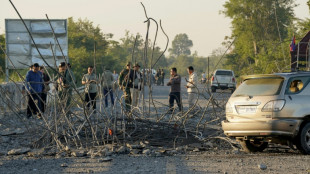 Cambodia says Thai border clashes displace over half a million
Cambodia says Thai border clashes displace over half a million
-
Kremlin denies three-way US-Ukraine-Russia talks in preparation

-
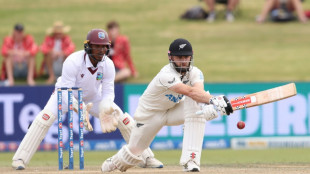 Williamson says 'series by series' call on New Zealand Test future
Williamson says 'series by series' call on New Zealand Test future
-
Taiwan police rule out 'terrorism' in metro stabbing

-
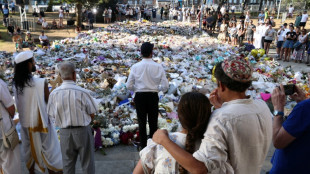 Australia falls silent, lights candles for Bondi Beach shooting victims
Australia falls silent, lights candles for Bondi Beach shooting victims
-
DR Congo's amputees bear scars of years of conflict
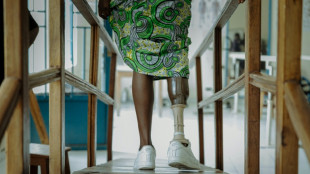
-
 Venison butts beef off menus at UK venues
Venison butts beef off menus at UK venues
-
Cummins, Lyon doubts for Melbourne after 'hugely satsfying' Ashes

-
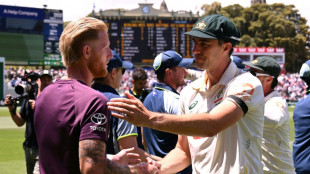 'It sucks': Stokes vows England will bounce back after losing Ashes
'It sucks': Stokes vows England will bounce back after losing Ashes
-
Australia probes security services after Bondi Beach attack

-
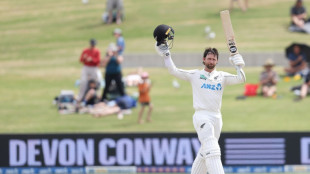 West Indies need 462 to win after Conway's historic century
West Indies need 462 to win after Conway's historic century
-
Thai border clashes displace over half a million in Cambodia
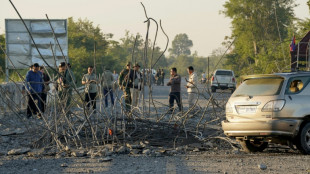
-
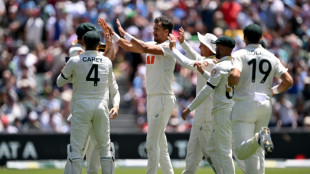 Australia beat England by 82 runs to win third Test and retain Ashes
Australia beat England by 82 runs to win third Test and retain Ashes
-
China's rare earths El Dorado gives strategic edge

-
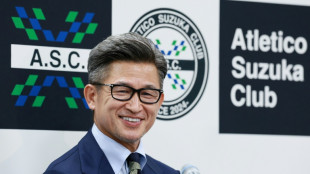 Japan footballer 'King Kazu' to play on at the age of 58
Japan footballer 'King Kazu' to play on at the age of 58
-
New Zealand's Conway joins elite club with century, double ton in same Test
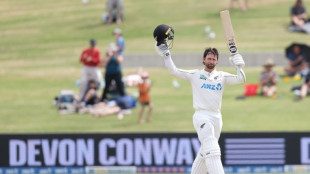
-
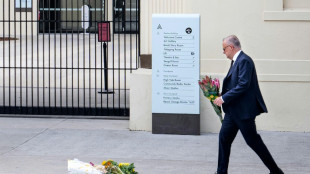 Australian PM orders police, intelligence review after Bondi attack
Australian PM orders police, intelligence review after Bondi attack
-
Durant shines as Rockets avenge Nuggets loss
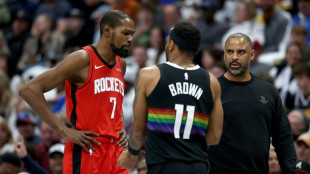

Webb telescope spots signs of universe's biggest stars
The James Webb Space Telescope has helped astronomers detect the first chemical signs of supermassive stars, "celestial monsters" blazing with the brightness of millions of Suns in the early universe.
So far, the largest stars observed anywhere have a mass of around 300 times that of our Sun.
But the supermassive star described in a new study has an estimated mass of 5,000 to 10,000 Suns.
The team of European researchers behind the study previously theorised the existence of supermassive stars in 2018 in an attempt to explain one of the great mysteries of astronomy.
For decades, astronomers have been baffled by the huge diversity in the composition of different stars packed into what are called globular clusters.
The clusters, which are mostly very old, can contain millions of stars in a relatively small space.
Advances in astronomy have revealed an increasing number of globular clusters, which are thought to be a missing link between the universe's first stars and first galaxies.
Our Milky Way galaxy, which has more than 100 billion stars, has around 180 globular clusters.
But the question remains: Why do the stars in these clusters have such a variety of chemical elements, despite presumably all being born around the same time, from the same cloud of gas?
- Rampaging 'seed star' -
Many of the stars have elements that would require colossal amounts of heat to produce, such as aluminium which would need a temperature of up to 70 million degrees Celsius.
That is far above the temperature that the stars are thought to get up to at their core, around the 15-20 million Celsius mark which is similar to the Sun.
So the researchers came up with a possible solution: a rampaging supermassive star shooting out chemical "pollution".
They theorise that these huge stars are born from successive collisions in the tightly packed globular clusters.
Corinne Charbonnel, an astrophysicist at the University of Geneva and lead author of the study, told AFP that "a kind of seed star would engulf more and more stars".
It would eventually become "like a huge nuclear reactor, continuously feeding on matter, which will eject out a lot of it," she added.
This discarded "pollution" will in turn feed young forming stars, giving them a greater variety of chemicals the closer they are to the supermassive star, she added.
But the team still needed observations to back up their theory.
- 'Like finding a bone' -
They found them in the galaxy GN-z11, which is more than 13 billion light years away -- the light we see from it comes from just 440 million years after the Big Bang.
It was discovered by the Hubble Space Telescope in 2015, and until recently held the record of oldest observed galaxy.
This made it an obvious early target for Hubble's successor as most powerful space telescope, the James Webb, which started releasing its first observations last year.
Webb offered up two new clues: the incredible density of stars in globular clusters and -- most crucially -- the presence of lots of nitrogen.
It takes truly extreme temperatures to make nitrogen, which the researchers believe could only be produced by a supermassive star.
"Thanks to the data collected by the James Webb Space Telescope, we believe we have found a first clue of the presence of these extraordinary stars," Charbonnel said in a statement, which also called the stars "celestial monsters".
If the team's theory was previously "a sort of footprint of our supermassive star, this is a bit like finding a bone," Charbonnel said.
"We are speculating about the head of the beast behind all this," she added.
But there is little hope of ever directly observing this beast.
The scientists estimate that the life expectancy of supermassive stars is only around two million years -- a blink of an eye in the cosmic time scale.
However they suspect that globular clusters were around until roughly two billion years ago, and they could yet reveal more traces of the supermassive stars they may have once hosted.
The study was published in the journal Astronomy and Astrophysics this month.
L.Harper--AMWN

